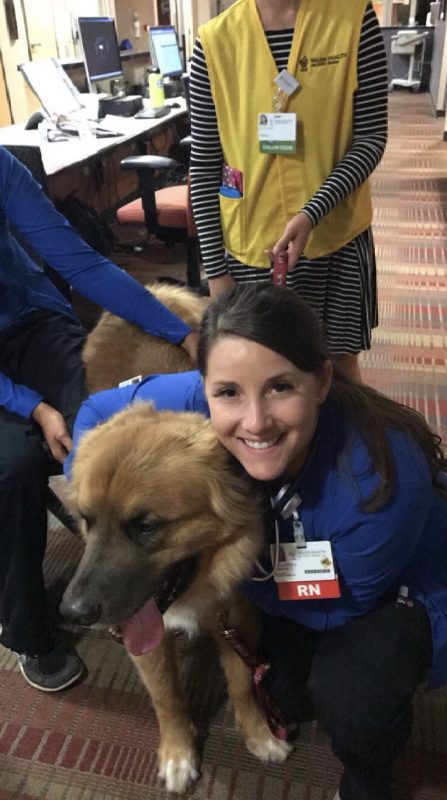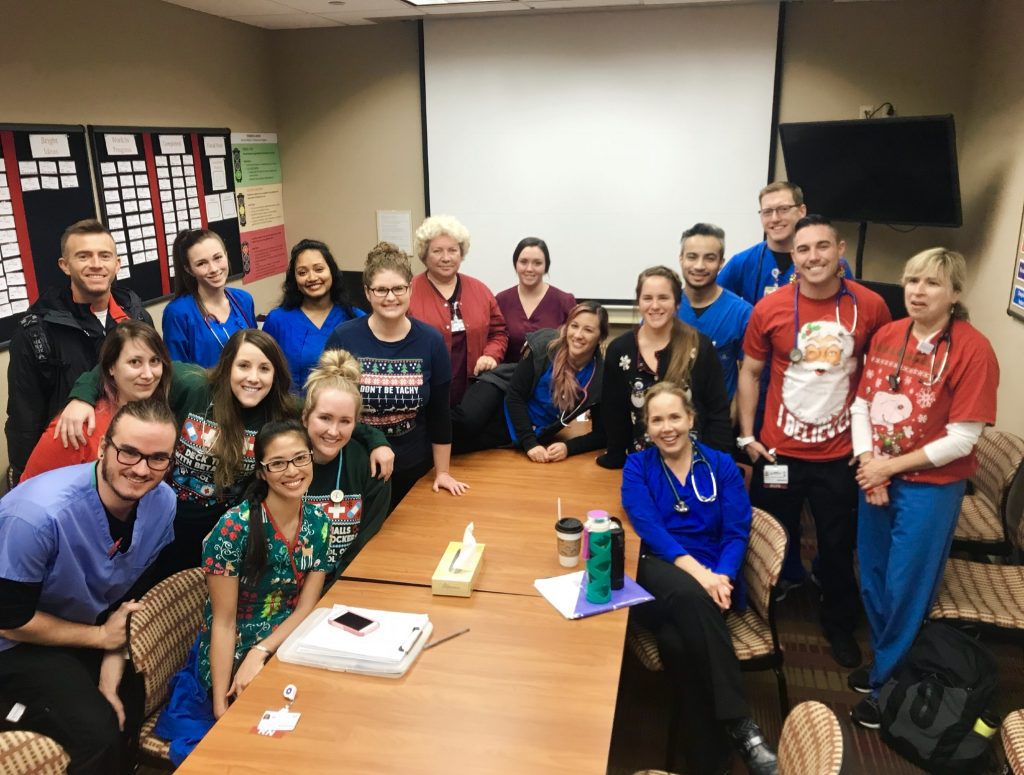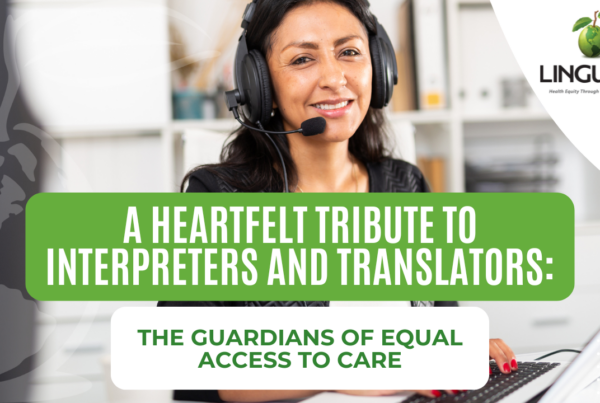With all eyes on the pandemic and so many global opinions, it can be challenging to know what is really going on inside your local hospital walls. Linguava CEO David Brackett had the opportunity to sit down and talk with Courtney Ferris, an ICU nurse at Salem Health hospital, about her perspective and experience working during COVID-19.

Courtney Ferris’ Bio (in her own words): I graduated from OHSU’s Nursing Program in 2013 and shortly thereafter started my career at Salem Health Hospital in the ICU. I have multiple roles within the ICU. I work at the bedside, as a resource for the unit, and as a charge nurse. My favorite thing about our unit is the diverse patient population we serve. It has helped expand my knowledge tenfold and I learn something new every day.
Q: What are the most common types of appointments you are seeing in the ICU?
A: Unlike most ICU’s we are a mixed unit so we care for medical, surgical, trauma, neurological, and cardiac patients; patients as young as 15 and as old as 100+.
The types of patients wax and wane depending on the season too (i.e. during the Fall-Winter months we see more respiratory type patient’s due to flu season and other viral illnesses).
Q: What is the best resource to stay informed on hospital procedures?
A: Our hospital has an Intranet page where we are able to access a wide variety of information. Ready access to policies, procedures, evidence-based practice, information regarding events at our hospital, etc. During this Pandemic our hospital’s Incident Command Center sent out daily emails to keep staff informed on day-to-day operations in the face of COVID.
Q: Have you seen language services change during COVID-19? What type of interpretation has been most utilized? (onsite, telephonic, video relay, video conference)?
A: From my experience, we are providing Video Relay Interpretation with Linguava through an iPad. It has been quick, efficient, and VERY appreciated!
Q: What triggers tell you to test for COVID-19?
A: The most “common” symptoms are dry cough, fever, and shortness of breath. What we found was that COVID presents very differently from person to person. Usually, a person goes through a few other tests to rule out other viruses before they will get tested for COVID.
**Personal experience story.**
I became ill in early March before all of this COVID stuff really blew up. I had cough, fevers, headaches for 4-5 days. I was convinced I had the flu so I went to urgent care and got tested (I was flu negative), so I was sent home to monitor myself. A few days later I developed shortness of breath so I went back to urgent care and they did a full respiratory panel (which tests for multiple viruses) and chest x-ray. My respiratory panel came back positive for a virus called Human MetapneumoVirus and my chest x-ray was positive for bilateral pneumonia. Since my respiratory panel was positive they wouldn’t even test me for COVID, even though I work in a high-risk unit where I could have been exposed. That was also back when it was impossible to get a test. I guess I will never know if I actually had it!

Q: How has communication changed with internal staff?
A: I don’t feel like this has changed much. We were frequently kept in the loop via email and on our hospital’s intranet page.
Q: How has telehealth evolved for Salem Health compared to pre-COVID?
A: I can’t really speak to this given my unit is all inpatient. My personal experience of being sick and utilizing telehealth was a positive one. Although my PCP was unable to physically examine me she was still able to provide care and recommendations without risking her health or the health of others.
Q: Will telehealth stick around in ways that it hadn’t before?
A: I hope telehealth will stick around. Do I think it should take the place of actual doctor visits? No. But I do believe there is a time and a place where telehealth is appropriate. It’s a quick way for a patient to be seen without having them come out into the community and risk further spread of their illness. A doctor can then decide if the patient’s symptoms warrant an in-person visit or can be monitored from a distance.
Q: What are the most common myths that you have seen surrounding COVID-19? What do people sitting at home need to know the most?
A: Wow, where do I start on this one? Social media has contributed to the spreading of false information on the daily. Yesterday I saw somebody share a YouTube video of a “doctor” claiming COVID-19 at its core is a weak virus and could be killed at 80 degrees F; so if you drank hot water that would kill the virus.
People need to know this virus is not weak, it is very STRONG. It does not discriminate. I’ve seen it make young people in their 20s-30s, pregnant women, critically ill. The most heartbreaking thing is these people are having to go through all of this in isolation. No family can be present. The only source of comfort they have is provided by strangers, who have to limit their time in the room to also protect themselves. People having to say goodbye to their dying loved one through a cell phone on face-time. That is the hardest part of all of this.
The numbers look “better than expected” relatively speaking, over 40,000 people still have lost their lives in the span of about 7 weeks. These numbers are lower not because this virus is weak but because we all did our part and STAYED HOME.
To learn more about language services with Linguava, please email clientrelations@linguava.com








